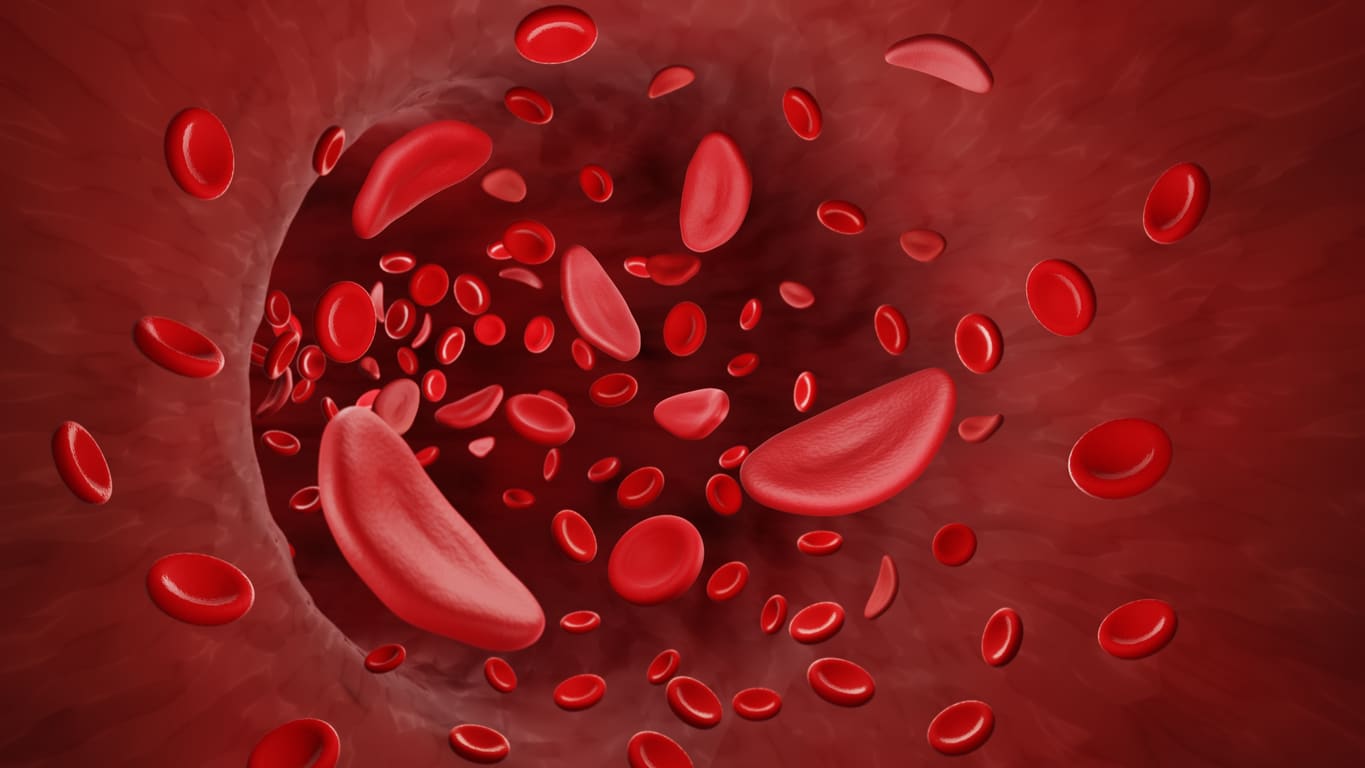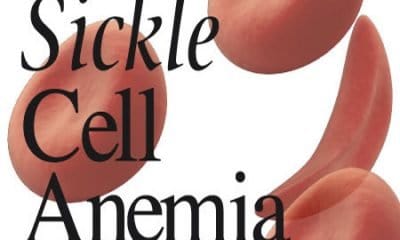Opinion
The Unspoken Woes Of A Sickle Cell Warrior

With pain as its hallmark, sickle cell side can be described as an inherited chronic blood disorder.
The Centers for Disease Control and Prevention identifies the disease as one of the most common forms of an inherited blood disorder.
Available statistics reveal that Nigeria has the highest burden of the disorder in the globe, with a prevalence rate of between four to six million of her population.
Annually, it is said that out of the over 300,000 babies diagnosed with the disorder globally, about 150,000 of them are in Nigeria, and it is alarming that most of these babies, about 80 per cent of them, hardly survive till their fifth birthdays.
Sickle cell disorder is a chronic blood disorder inherited from a person’s parents. It happens when a child inherits two abnormal haemoglobin S genes from their parents or the S gene from one of the parents and another faulty gene called haemoglobin C or D from the second parent.
Sickle cell has different types and is predominantly prevalent among the black population. Hence, it’s believed to be a black disease.
However, the most common forms of the disorder dominant in Nigeria are the worst type of the disorder, that is, the SS and, sparingly, the SC.
In Nigeria, the statistics say one in every four Nigerians is a carrier of the disorder. This means that of every four people counted in the country, one person has the sickle cell trait, that is, one normal gene, haemoglobin A and one abnormal gene, haemoglobin C or S, which is the most common.
The disorder’s complications arise from the fact that unlike the normal red blood cells, which are round and deliver oxygen to all body parts, the sickle cells take the shape of a crescent moon or a C shape because of their anomaly.
Healthy red blood cells usually live up to 120 days and move oxygen through large or small blood vessels to all body parts without stress because they are flexible and easy to flow.
But in sickle cell sufferers, the red blood cells only live between 10 to 20, and they become hard and sticky, making it difficult to deliver oxygen to all body parts.
The sickle-shaped cells, because of their shape and rigidity, usually get stuck in tiny blood vessels, and this is what causes what is described as the hallmark of the disease: pain crisis.
The short lifespan of the sickle cells causes a constant shortage of red blood cells, leading to chronic anaemia and, in most cases, results in regular blood transfusion.
Sufferers of sickle cell are considered “high risk” for certain infections and many other health conditions like Stroke, leg ulcers, pulmonary hypertension, and eye defects, among many others.
They are susceptible to several other complications because when sickle cells are stuck in blood vessels, they obstruct blood flow to vital organs, leading to organ damage.
Explaining further on some complications associated with the disorder, Dr Akin Oyejoko of Solomon Jayden Medical Centre, Iju-Ota, Ogun State, said the most common complication sufferers of the disease present at the hospital is the severe pain crisis, which leads to several other health issues.
According to him, the first sign usually in infants with sickle cell disease is the hand and feet syndrome (the painful swelling of the hands and feet).
He said, “The crisis is the blockage of blood vessels by sickle-shaped cells, resulting in severe pain and organ damage in some cases.
“Another common complication of sickle cell is anaemia; most sufferers have chronic hemolysis and destruction of red blood cells, and this leads to anaemia; the oxygen-carrying capacity of the blood is reduced, leading to fatigue and weakness of individuals.
“Infection susceptibility, because of the weakened immune system due to their damaged spleens, they are more susceptible to infections, especially bacterial infections, contributing to the overall burden of the condition.
“The chest syndrome is also another complication that affects the respiratory system. They are at higher risk of Stroke.
“In male sickle cell sufferers, there is a condition called priapism; this is a painful erection of the penis due to the disorder without any arousal and, if not properly managed, can cause erectile dysfunction.
“Avascular necrosis is another complication; this happens when there isn’t blood supply to the bone, leading to the collapse of bone joints. The most common one is the necrosis at the head of the femur.
“There are also chronic leg ulcers that take years, sometimes ten years, to heal. Pulmonary hypertension is another rare but deadly complication. Sickle cell nephropathy (sickle cell kidney disease) among others.”
According to the Sickle Cell Foundation, in Nigeria, most sufferers of the disorder die in infancy and are hardly presented at the hospital before their deaths, “The situation has curtailed dissemination of accurate and unbiased public information and education about the disorder and has fuelled the growth of myths, misinformation, inappropriate treatment, frustration and stigmatisation.”
This situation has led to silence syndrome due to fear of stigma or damaging pity.
Studies have, however, shown that despite Nigeria being an epicentre of the disease, there is a significant gap in awareness and education concerning the disorder.
Studies around the topic suggest that in the last decade, there has been increased advocacy of the disorder by various clubs and groups of people living with sickle cell.
So, even though this has increased awareness to a certain level, the overall knowledge gap still exists even among some medical practitioners.
This has, therefore, spurred our platform, Wewarriors, to highlight the importance of public health education and further health awareness on the need to fill the existing knowledge gap.
Wewarriors has the mission not only to bring a sense of belonging to sufferers of the disorder but also to advocate the need to stop stigmatisation.










